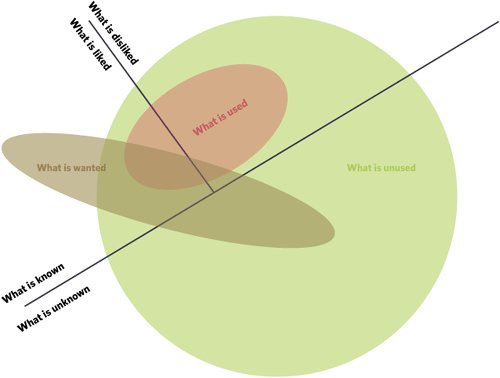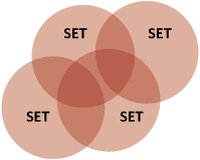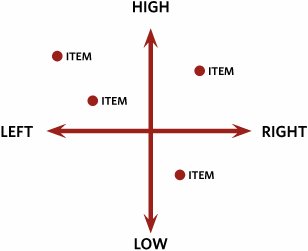Research Models
| The first models made by designers usually are visualizations of research findings. As discussed in Chapter 4, the designer should have gleaned design implications from the research data, but some research datapatterns usuallyneeds to be visualized to be easily (or better) understood. For example, Figure 5.1 was created from data collected by talking to users of an intranet. The data revealed that much of the intranet wasn't being used, even features that users said they wanted. Part of the reason these features were unused was because users didn't know they existedthey were buried in the system. The data also showed that most of the features the users did know about, they disliked. Most of what the users wanted in an intranet was unused or unknown or not in the system. Figure 5.1. An example of a model derived from research. Most of the features of the intranet system being researched were unknown and unused, and those that were used were disliked. All of this information could, of course, be explained in words, as in the preceding paragraph, or shown in a statistical table. But neither of these has the same impact as the model. Models become design tools, to be referred to repeatedly throughout a project. In this example, the designers could easily see and demonstrate to the client that a key problem is that the users can't find the features they want to use, even when the features already exist in the system. These are the most common tools for representing research data:
Often, the data itself suggests the correct way to display it. If, for example, the designer observes a step-by-step process that repeats, a circular flow makes sense to use. |
EAN: 2147483647
Pages: 110




